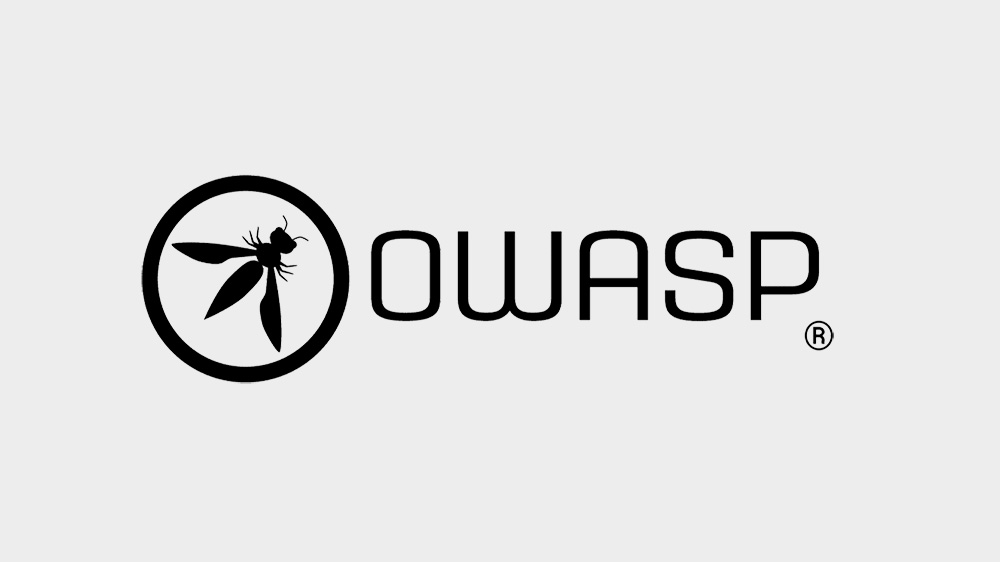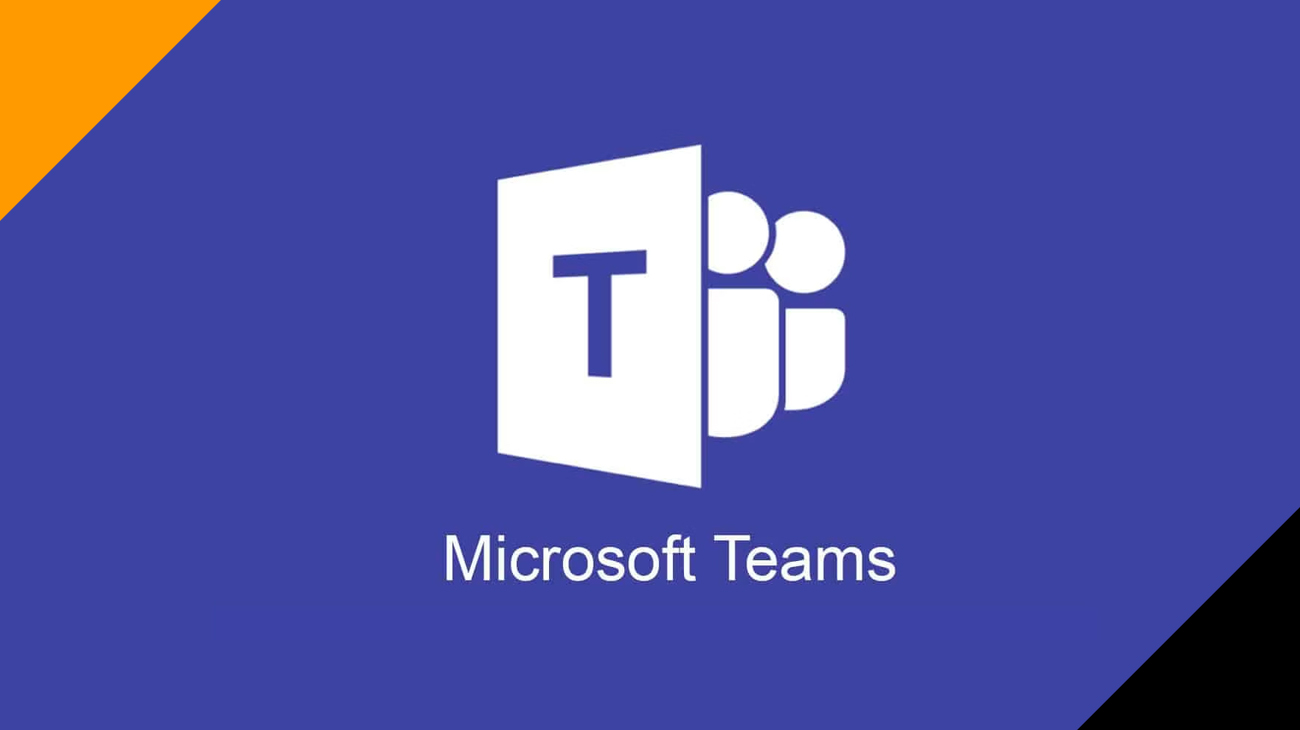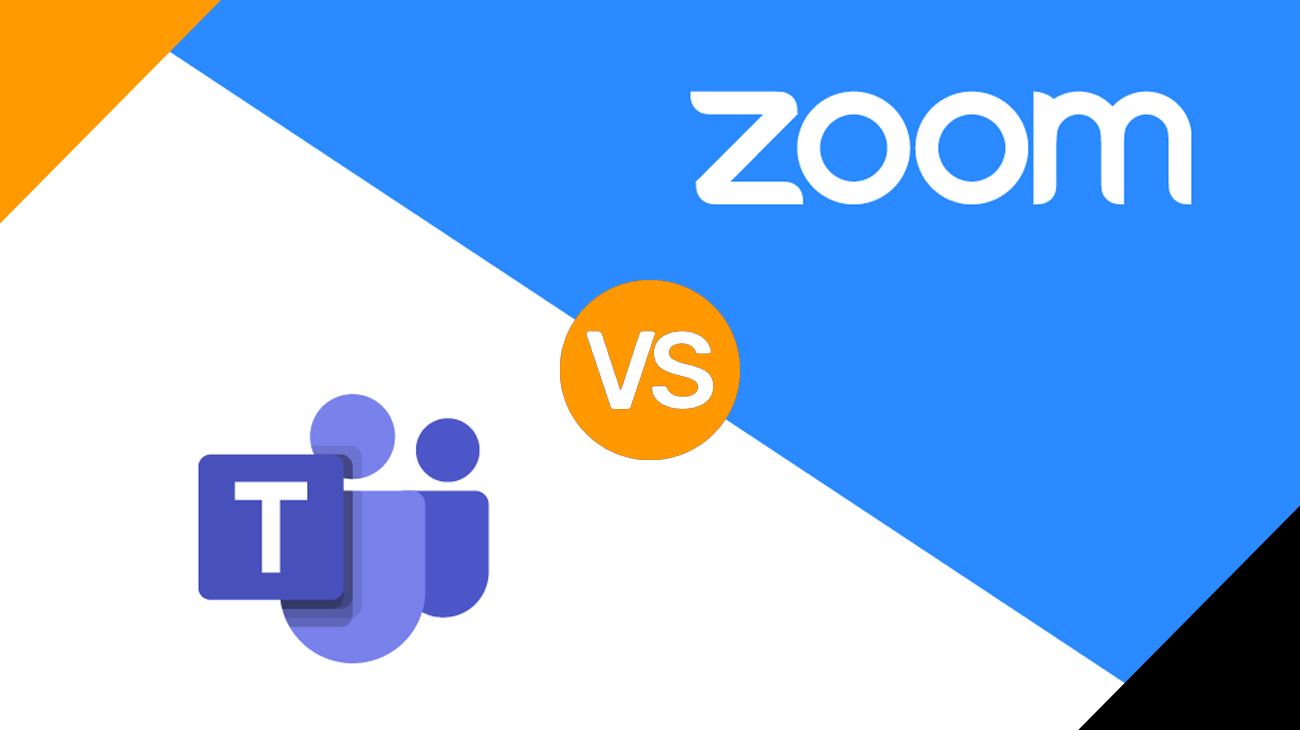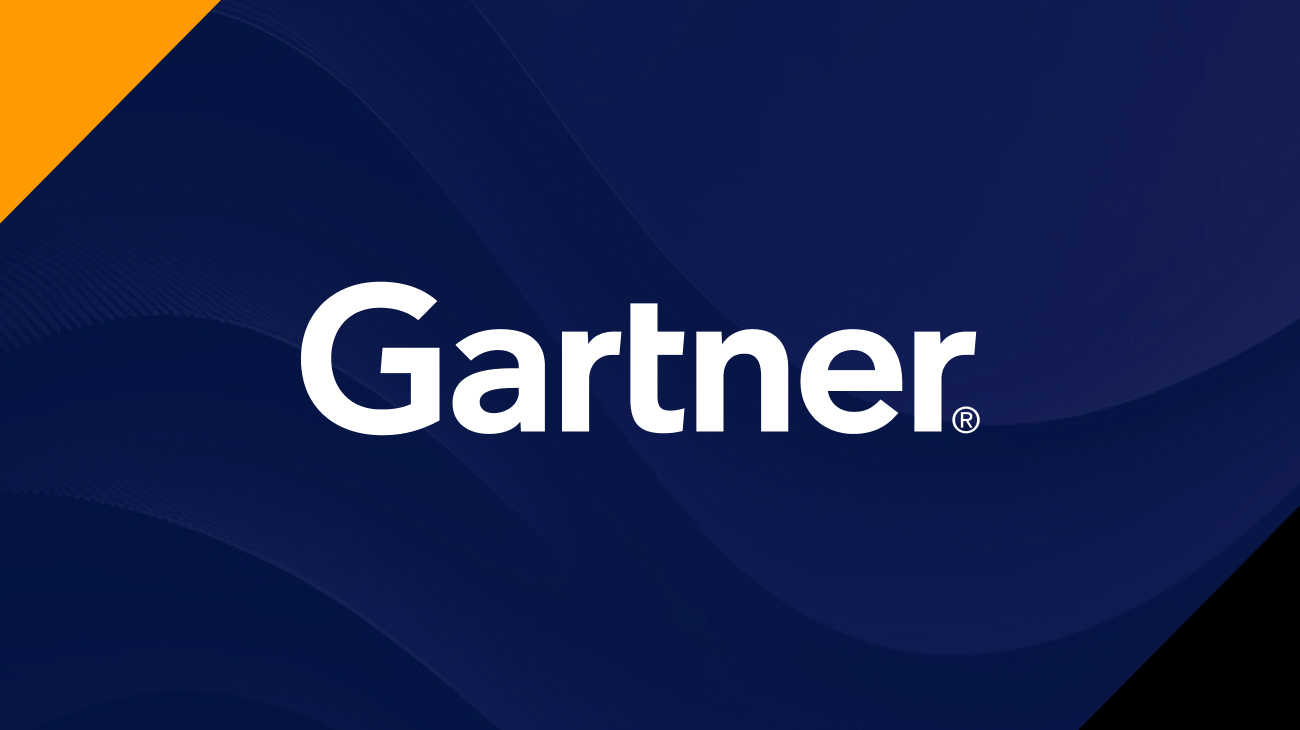What is the Top 10 OWASP?
Open Web Application Security Project (OWASP) is a nonprofit organization that aims to enhance the security of web applications. It follows an “open community” concept, which implies that anybody can join and contribute to OWASP-related online discussions, projects, and other activities. The OWASP foundation guarantees that its offerings, which include anything from online tools and videos to forums and events, are free and easily available through its website.
The OWASP Top 10 gives rankings of the top 10 most critical online application security threats, as well as remediation guidance. The report is based on an agreement among security professionals (team of security experts) from around the world, and it draws on the enormous expertise and experience of the OWASP open community contributors. The frequency of disclosed security flaws, the severity of the found vulnerabilities (common vulnerability), and the extent of their potential repercussions are used to rank critical risks. The aim of the study is to provide insight into the most common application security risks so that developers and web application security professionals may incorporate the research’s findings and suggestions into their own security procedures, reducing the presence of known hazards in their applications.
Table of content:
- What is OWASP?
- What is the OWASP Top 10?
- How the OWASP Top 10 list used and why it’s important
- What’s new in the list?
What is OWASP?
What is OWASP Compliance? The Open Web Application Security Project (OWASP) is a non-profit organization committed to the security of web applications i.e., software security (security of software). One of OWASP’s guiding principles is that all of their resources should be freely published and widely accessible on their website, allowing anyone to improve the security of their own web applications. Documentation, tools, videos, and forums are among the resources available. The OWASP Top 10 is their most well-known project.
What is the OWASP Top 10?
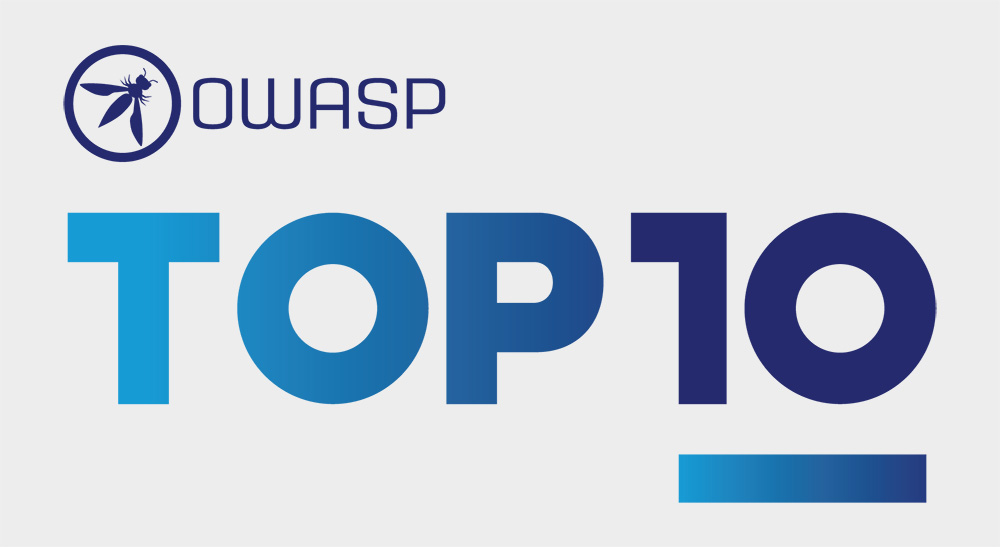
The OWASP Top 10 is a frequently updated report that outlines web application security vulnerabilities, focusing on the ten most critical threats. A group of security specialists from around the world compiled the report. The Top 10 is referred to by OWASP as a “awareness document,” and it is recommended that all businesses implement the report into their procedures to avoid and/or mitigate critical security risks.
How the OWASP Top 10 list used and why it is important?
Since 2003, the OWASP has updated its Top 10 list every two or three years to reflect improvements and changes in the AppSec market. Many of the world’s major corporations use the list as a checklist and internal web application development standard because of the actionable information it gives.
Failure to address the OWASP Top 10 is frequently seen by auditors as a sign that the organization is not meeting other compliance criteria. Incorporating the Top 10 into the software development life cycle (SDLC) reflects an organization’s overall commitment to secure development best practices.

What’s new in the list?
Three new categories were created, four nomenclature and scoping adjustments were performed, and some consolidation was done by the OWASP.
Broken Access Control
Broken access control—a flaw that allows an attacker to obtain access to user accounts—was previously ranked fifth on the list. In this case, the attacker can act as a user or an administrator on the system.
For example: A primary key can be updated in an application, and when this key is changed to another user’s record, that user’s account can be accessed or amended.
Solution: An interactive application security testing (IAST) solution like Seeker®, can help you quickly detect cross-site request forgery and unsafe data storage. It also identifies any faulty or missing logic used to deal with JSON Web Tokens. Penetration testing can assist detect unexpected access controls and can be used as a manual adjunct to IAST activities. To set trust boundaries for data access, changes in architecture and design may be required.
Cryptographic Failures
This entry was previously ranked third and was known as sensitive data exposure. It was renamed cryptographic failures to better reflect its role as a fundamental cause rather than a symptom. When sensitive data (such as a social security number) is stored or transmitted, cryptographic failures occur.
For example: If a financial organization fails to appropriately protect sensitive data, it becomes a target for credit card fraud and identity theft.
Solution: Seeker’s checkers may look for both insufficient encryption strength and weak or hardcoded cryptographic keys, as well as any defective or potentially dangerous cryptographic techniques. The Black Duck® cryptography module exposes the cryptographic algorithms used in open source software (OSS) so that their strength can be assessed further. At the code and component levels, both Coverity® static application security testing (SAST) and Black Duck software composition analysis (SCA) provide checkers that can provide a “point in time” snapshot. Supplementing with IAST, on the other hand, is crucial for continuous monitoring and verification to guarantee that sensitive data isn’t leaked when integrated testing with other internal and external software components.
Injection (A03:2021)
Injection falls from first to third place, and cross-site scripting is now included in this category. In essence, a code injection happens when an attacker sends erroneous data into a web application in order to make it perform something it wasn’t supposed to accomplish.
Example: When constructing a vulnerable SQL call, an application uses untrusted data.
Solution: Incorporating SAST and IAST tools into your continuous integration / continuous delivery (CI/CD) pipeline aids in the detection of injection issues (injection flaws) both at the static code level and during application runtime testing. Modern application security testing (AST) technologies like Seeker can help protect software applications during various stages of testing and check for various injection attacks (in addition to SQL injections). NoSQL injections, LDAP injections, command injections, template injections, and log injections, for example, can all be detected. With its proprietary Active Verification engine, Seeker is the first tool to deliver a new, specialized checker built to explicitly uncover Log4 Shell vulnerabilities, determine how Log4J is configured, test how it actually performs, and confirm (or invalidate) those findings.
Insecure Design
A new category called insecure design will focus on the dangers associated with design faults. Secure design patterns and principles, threat modeling and reference architectures will not suffice if enterprises continue to “shift justify.”
For example: A movie theater chain that offers group booking discounts needs a deposit for groups of 15 or more persons. Attackers have threatened to simulate this flow to see if they can book hundreds of seats across the chain’s theaters, resulting in thousands of dollars in lost revenue.
Solution: In increasingly complex web, cloud, and microservices-based applications, Seeker IAST discovers application vulnerabilities and exposes all inbound and outbound API, services, and function calls. Any flaws in the app architecture are highlighted by giving a visual map of the data flow and endpoints involved, which aids in pen testing and threat modeling efforts.
Security Misconfiguration
This risk category, which has moved up from sixth place, now includes the prior external entities category. Design or configuration flaws that result from a configuration error or inadequacy are known as security misconfigurations.
| For example: | A default account and its original password, for example, are still enabled, leaving the system exposed to attack. |
| Solution: | A checker, such as Coverity SAST, identifies the information exposure available through an error message. During application runtime testing, dynamic tools such Seeker IAST can detect information exposure and incorrect HTTP header setups. |
Vulnerable and Outdated Components
This category moves upwards from number 9 and refers to components that pose both known and prospective security vulnerabilities, not just the former. Components having known vulnerabilities, such as CVEs, should be discovered and addressed, while stale or malicious components should be assessed for viability and risk.
Example: Due to the large number of components used in development, a development team may not be familiar with or understand all of the components in their application, and some of those components may be out-of-date and thus vulnerable to attack.
Solution: To discover and diagnose outdated and vulnerable components in an application, software composition analysis (SCA) technologies like Black Duck can be utilized alongside static analysis and IAST. IAST and SCA complement each other nicely, revealing how vulnerable or old components are actually used. When Seeker IAST and Black Duck SCA work together, they can expose facts like if a vulnerable component is currently loaded by an application under test. In addition, indicators like developer activity, contributor reputation, and version history can help users assess the danger posed by a stale or malicious component.
Identification and Authentication Failures
This entry has moved down from number two and now contains CWEs relating to identity problems. It was previously known as broken authentication. When authentication and session management mechanisms are done poorly, attackers can compromise passwords, keywords, and sessions, resulting in stolen user identity and other security issues.
For example: An online program permits the use of passwords that are weak or easy to guess (e.g., “password1”).
Solution: Multi-factor authentication can help lower the chance of accounts being compromised, and automatic static analysis can assist find holes in bespoke authentication schemes, while manual static analysis can add strength. Coverity SAST provides a checker that identifies authentication flaws that have been broken. Hardcoded passwords and credentials, as well as poor authentication or missing essential steps in authentication, are all detectable by Seeker IAST.
Software and Data Integrity Failures
This is a brand-new category, focusing on software updates, important data, and CI/CD pipelines that aren’t verified for integrity. Insecure deserialization, which is now included in this entry, is a deserialization issue that allows an attacker to remotely execute secure code in the system (secure coding).
For example: An application that deserializes hostile objects supplied by an attacker exposes itself to a vulnerability.
Solution: Deserialization issues can be detected with application security tools, and the security concern can be confirmed with penetration testing. Seeker IAST can also identify insecure deserialization and insecure redirection, as well as any manipulation/tampering with token access algorithms.
Security Logging and Monitoring Failures
This category has moved up from number 10 and has been broadened to include more forms of failures. It was formerly known as insufficient logging and monitoring. Logging and monitoring should be done on a website on a regular basis; failing to do so makes a site open to more serious compromising behaviors.
Example: Logins, unsuccessful logins, and other essential activity that can be audited are not reported, resulting in a vulnerable application.
Solution: Developers can examine test logs after completing penetration testing to find potential flaws and vulnerabilities. Unlogged security exceptions can be identified with the help of Coverity SAST and Seeker IAST.
Server-Side Request Forgery
A server-side request forgery (SSRF), a new category this year, occurs when a web application requests a remote resource without validating (validation) the user-supplied URL. Even if the system is secured by a firewall, VPN, or extra network access control list, an attacker can force the application to submit a forged request to an unexpected location. Because of cloud services and the rising complexity of architectures, the severity and frequency of SSRF attacks are increasing.
Example: When a network architecture is not segmented, attackers can map out internal networks and detect if ports are open or closed on internal servers by using connection outcomes or elapsed time to connect or reject SSRF payload connections.
Solution: Seeker is a contemporary AST that can follow, monitor, and detect SSRF without requiring further scanning or triaging. Seeker can detect any potential SSRF vulnerabilities because of its superior instrumentation and agent-based technologies.
Additional Information on OWASP
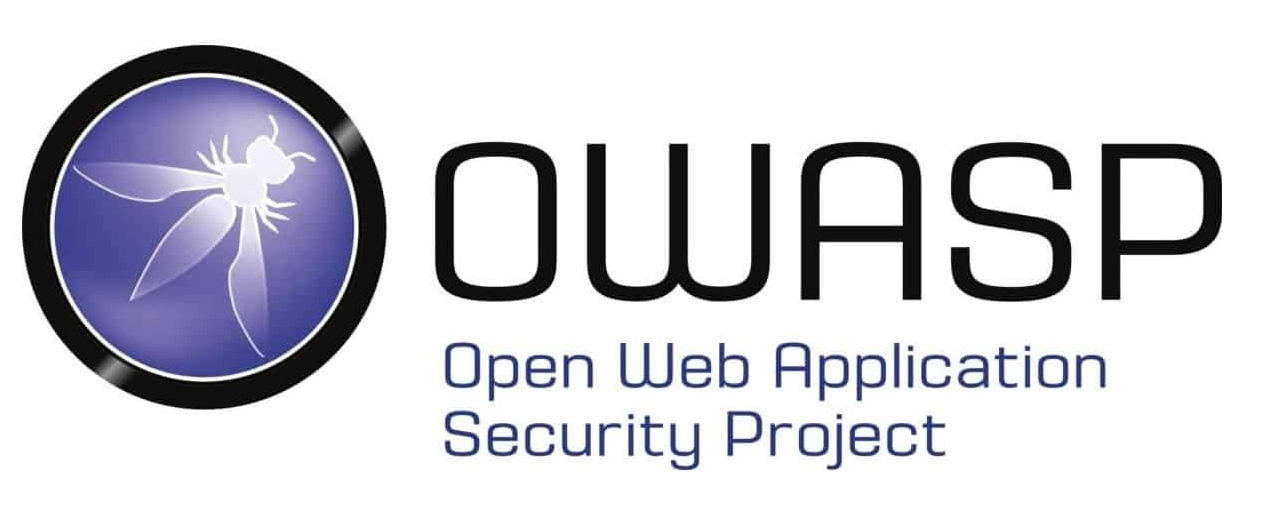
- Several organizations use components with known vulnerabilities such as frameworks and libraries in their web applications.
- XML External Entities (XEE) : This is an attempt to compromise a web application that parses XML* data. This input could refer to a third-party entity, attempting to exploit a parser flaw.
- The technique of securing APIs from assaults is known as API security. APIs, like applications, networks, and servers, are vulnerable to a variety of dangers.

